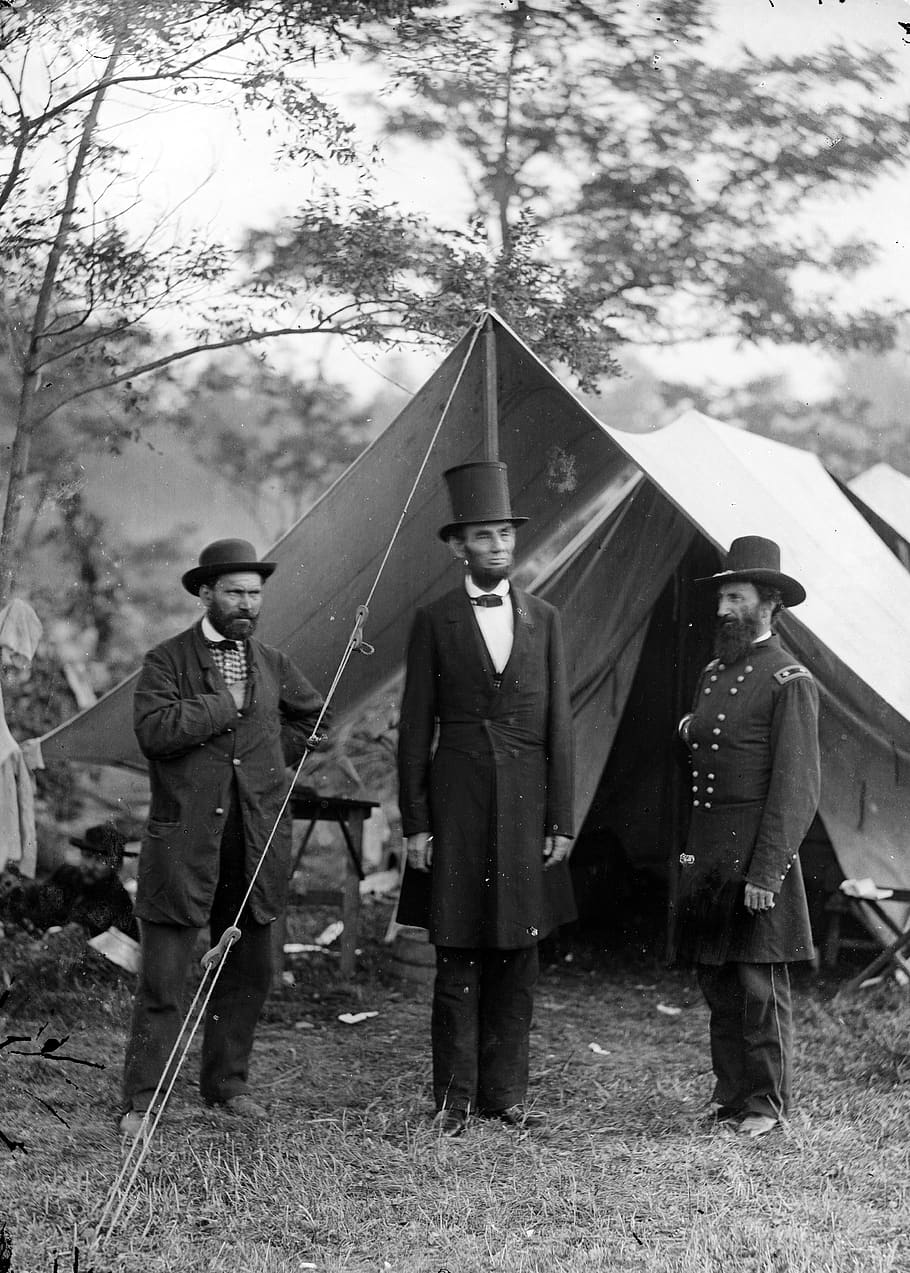The old expression, “a picture is worth a thousand words,” can be turned into a challenging ESL writing activity.
It may be accomplished in one session or as an assignment followed by a presentation in another class as an extension.
And it works best with middle school, high school, university, and adult ESL learners from between A2–C2 on the CEFR scale.
Read on to see what you need to know about incorporating this ESL writing activity into your classes.
A Picture
- Break your class into teams. If you can mix levels and cultures in your groupings, even better.
- For homogenous classes, the photos you select should have some cultural significance. If a mixed-culture class, try settling on images that aren’t overtly offensive and relate to everyone.
- You can use the same picture for everyone or a different picture for each group. The following are only examples of images you can use:






Again, these are only ideas, but be sure you have categories for your photos (e.g. historical images, technology, sci-fi, fantasy, business, finances, family, nature, social issues, etc.). It would be difficult to use each of these categories in one class.
Using one genre at a time offers a focus on writing. It also reinforces common vocabulary and at times, common grammatical structure. Members will understand that their text must relate to one category or subject and gain focus.
Using Comic Strips to Teach English
A Thousand Words
The thousand words in the title isn’t a target word count. Class members can only do what they’re capable of doing. On the other hand, learners are challenged to think of what to say about the picture with as many words as they can effectively and efficiently utilize within the allotted time or writing parameters.
And the best part is they’re not working on it alone. The following ideas will help you settle on an approach for your activity.
They can create a story.
Using a picture as the backdrop, teams can write intriguing stories that captivate the readers. This approach facilitates longer texts and more detail.
They can create an advertisement.
Challenge learners to examine the picture for something that might be advertised. Then they write an advertisement. This method would require less words but more creativity.
They can make a humorous narrative.
Select a humorous image or images. Then students take the idea and develop a humorous short story. This helps them master the language by bending it to create the humor.
They can turn it into a news report.
If the image lends itself to a type of news category, learners can be tasked to write a three-minute news report on it. Going this route would require more formal language.
The possibilities are various for a creative ESL teacher. And, as team members work together, they can help each other overcome weaker areas through others with stronger skills. Care should be taken not to allow one member of the group to dominate the writing, however. That would defeat the purpose of what we’re doing here.
Learn How to Use the Communicative Approach in our internationally accredited TESOL Courses!
Present
After constructing the text, students submit it to you to check for errors. The reason it needs to be checked first is because you don’t want class members to speak or hear inaccurate grammar.
As teachers, we want to work toward positive reinforcement of the language structure. Another, more personal reason, is that you don’t want whoever is presenting to feel embarrassed by potentially poor grammar.
Once you’ve provided feedback, and the team edits the text, it’s time to present. You can display the image on a projector or use something as simple as a printout. One member of the class can read their text while the class listens.
As the teacher, you can take note of pronunciation issues. Another idea is to have each member of the team read a paragraph or section. This involves everyone in the group from start to finish.
ESL Speaking Activity – Daily News
Competitive Twists
If your class is so inclined, you can turn “A Pic/1,000 Words” into a competition using the following ideas.
1. Word Count
Determine the winners based on a simple word count. It’s a little weak, but it works for a one-class/hour activity. Of course, you’ll want to create criteria for the word count such as not allowing a certain number of repeated words.
TESOL Teaching Skills: Differences Between Speaking and Writing
2. Descriptors
Another angle is counting the accurate descriptors. The team with the widest range of description wins. For this, you might have descriptors for each picture already listed privately and use them as a checklist for each team’s work.
3. Grammatical Accuracy
Another variation is judging the grammatical accuracy. A checklist would be good to keep it fair. For example, you could construct a checklist with various grammar issues and tick each box when you come across one. The team with the least number of errors wins.
4. Put Them All Together
If you want something for advanced or even university classes, you can put all the afore-mentioned criteria together into a checklist.
Then, look for accurate word choices, cohesiveness, and overall impact of the narrative.
Upgrade your certification with a 20-hour specialist course!
5. Timed
If this is something you want to keep within a timeframe, you can set a time limit. For example, if you want to limit it to one class period, give 20 minutes to write.
For an assignment, you can give 24 hours. This is more challenging while limiting the time needed to complete the activity.
Language Goals
Of course, as ESL teachers, we do not just have arbitrary activities to keep people occupied in class. There should be purpose and goals to what we do in class.
That said, A Picture Is Worth 1,000 Words, targets the following primary and secondary ESL areas:
1. Writing Skills (Primary)
The target for this activity is to develop creative writing skills.
Writing skills involve accurate use of lexis and structure combined with the ability to tie it all together into a cohesive message.
As ESL learners work through their text together, they can each contribute something.
2. Speaking Skills (Secondary)
By asking each team to present their text orally, they’re challenged to produce the language clearly. They’ll develop reading fluency and more accurate pronunciation with the help of teacher feedback.
Final Thoughts
If you’ve been looking for something to liven up your writing lessons or your ESL classes in general, A Picture Is Worth a Thousand Words, can do the trick.
Furthermore, each team has the chance to use their imagination to write the text that matches the image and the assigned genre.
Finally, you can provide fun or interesting images that stimulate thinking and produce writing aimed at English language development.
And that’s our goal as ESL teachers.
Give it a try and let us know how it went.
Related Articles:
Using Board games For Fun Speaking And Vocabulary Lessons
Teaching Speaking Skills: An Activity For More Groupwork In The ESL Classroom






Dear sir/ma’am.
Thank you for the interesting idea that I could definitely use for higher grade elementary and junior high students.
I have a lesson I use with my students where they retell the turtle and the rabbit fable. But I have them retell it in a crazy way. I put them into groups over three lessons. The first lesson is going over vocabulary like linking words and descriptive adjectives. I tell the story with some comprehension questions.
The second lesson, they are put into groups and given time to write their stories. I would give feedback with error corrections.
The third lesson, they rewrite their stories nice and neat and draw and color some pictures and put it all together on poster board and we would hang em up outside the class on the walls for everyone to see. It’s a great lesson, only downside is it takes too much time.
Thanks again,
Daniel Jones